(NLDO) - Scientists have just given a new explanation for the ghostly transformation of Betelgeuse, a "cosmic monster" 1,400 times larger than the Sun.
A study recently published in the scientific journal Astrophysical Journal shows that the "cosmic monster" Betelgeuse - an object that has always puzzled scientists - is a binary star system with very different sizes.
Betelgeuse is the second brightest star in the constellation Orion, with an apparent brightness 100,000 times brighter than the Sun and is located 724 light-years from Earth.
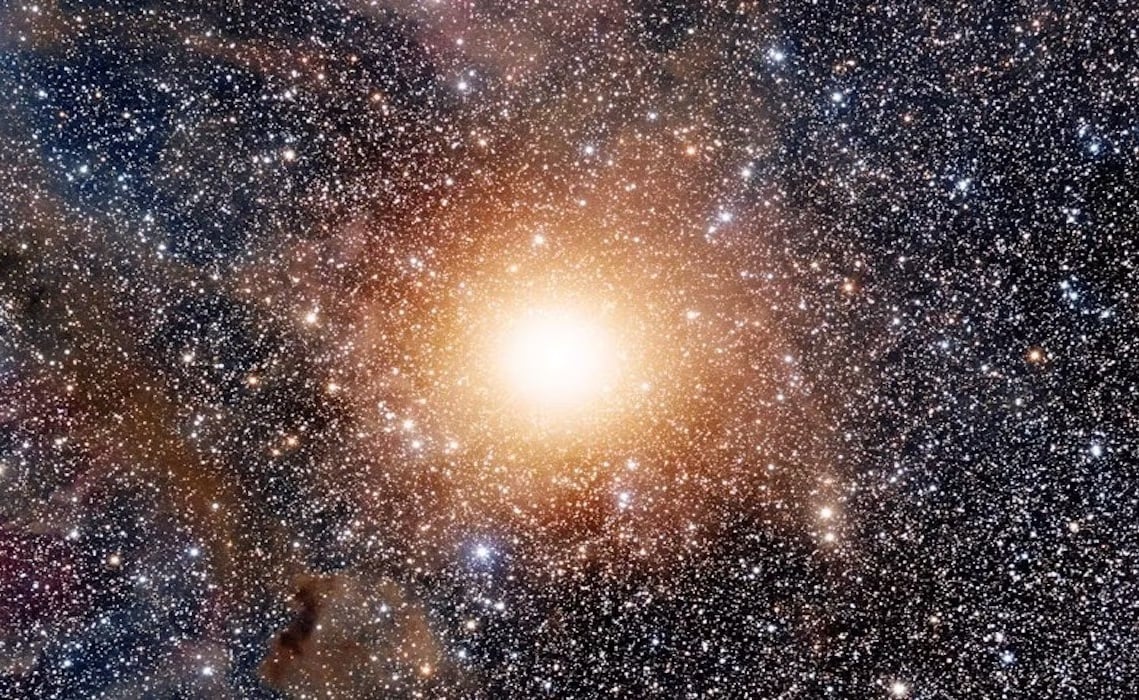
"Space monster" Betelgeuse - Photo: NASA
Based on historical records, scientists predict that it is about to explode into a supernova.
More specifically, more than 2,100 years ago, Chinese historian and scholar Sima Qian described the star Betelgeuse as being bright yellow, not red like Antares in the constellation Scorpio.
But around 2,000 years ago, the Roman scholar Hyginus described Betelgeuse as orange-yellow like Saturn. By the 16th century, the Danish astronomer Tycho Brahe described Betelgeuse as redder than Antares.
Currently, Betelgeuse is a red supergiant star.
It was this color change over time that led scientists to conclude that it was a star that had reached the final stages of a red giant and was about to explode.
However, the light signal from this monster star, which is 1,400 times larger than the Sun, is extremely unusual.
It has repeatedly brightened and dimmed, leaving scientists "heartbroken" thinking it was about to explode for years.
It is therefore classified as a variable star, with its light pulsating like a heartbeat. It also has two “heartbeats”: one that beats on a timescale of a little over a year, and one that beats on a timescale of about six years.
One of these beats is Betelgeuse's fundamental mode, a pattern of brightening and dimming due to the nature of the star. If that beat is a six-year rhythm, Betelgeuse could explode sooner than expected.
However, if its basic heartbeat is short, as some studies suggest, then its longer heartbeat is a phenomenon known as a long secondary period, according to a research team led by astrophysicist Jared Goldberg of the Flatiron Institute (USA).
The authors point out that in this situation, the second heartbeat is caused by an external influence, specifically a companion object.
"We have ruled out every source of internal variability we can think of as to why the brightening and dimming occurs this way," Dr. Goldberg told Sci-News .
They called the companion object Betelbuddy, but couldn’t say what kind of object it was. However, the most likely possibility was a companion star with a mass twice that of the Sun.
Co-author Dr. László Molnár, astronomer at Konkoly Observatory (Hungary), said they are working on observational methods that could decipher the nature of this companion object in detail.
Source: https://nld.com.vn/giai-ma-nhip-tim-cua-quai-vat-vu-tru-tu-ma-thien-tung-mo-ta-196241025095840485.htm










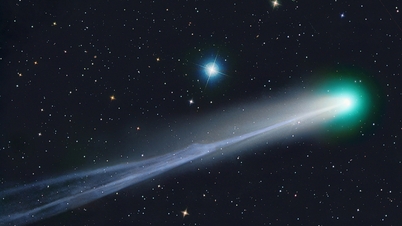



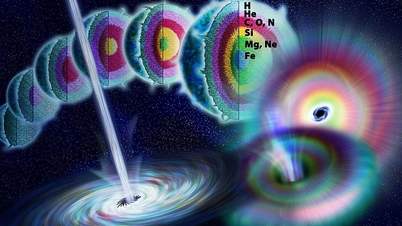
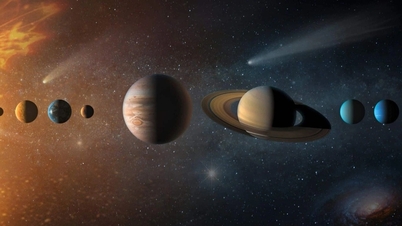
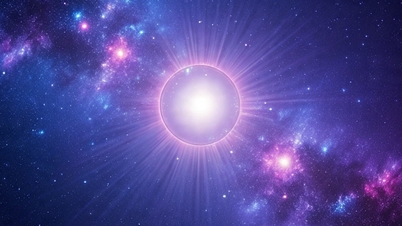


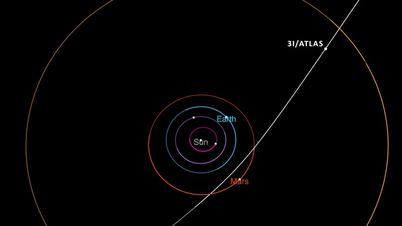


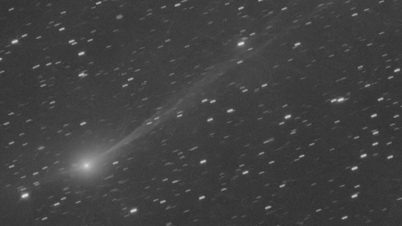
















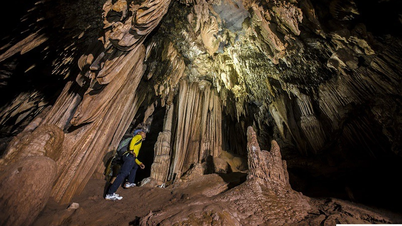





































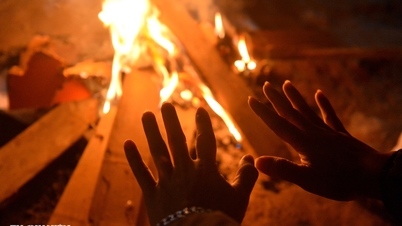












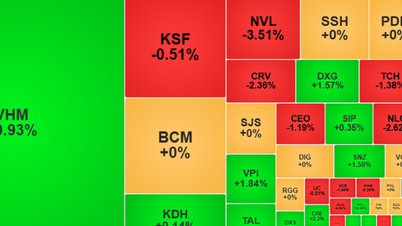
















Comment (0)